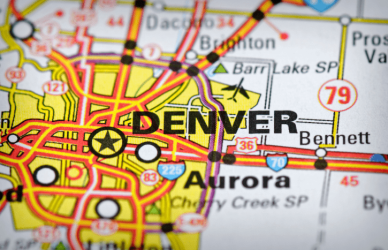Navigating the complexities of last-mile delivery requires an understanding of the unique challenges posed by both urban and rural environments. Whether you’re weaving through busy city streets or traveling long distances in remote areas, each setting presents its own set of hurdles and opportunities. This guide will explore these differences, offering practical tips and strategies to help last-mile delivery drivers optimize their routes and enhance their efficiency.
Understanding the Challenges
Urban Deliveries
Urban environments are characterized by high population density, traffic congestion, and limited parking. Urban deliveries can face significant delays due to these factors. The constant stop-and-go traffic can also lead to increased fuel consumption and wear and tear on vehicles.
Rural Deliveries
On the other hand, rural deliveries often involve traveling long distances between stops, navigating unpaved roads, and dealing with a lack of infrastructure. Rural deliveries can be time-consuming and may result in higher operational costs due to increased fuel usage and vehicle maintenance.
Strategies for Urban Deliveries
- Route Optimization: Utilize advanced route planning software to find the most efficient paths through congested areas. Apps like Route4Me and Circuit offer real-time traffic updates and alternative route suggestions. This can significantly reduce delivery times and fuel consumption.
- Peak Hour Avoidance: Schedule deliveries during off-peak hours to avoid the worst of the traffic. Early mornings and late evenings are generally less congested times in urban areas.
- Smart Parking Solutions: Invest in parking apps that can help locate available parking spots quickly. Services like SpotHero and ParkMobile can save time and reduce the stress of finding parking in crowded cities.
Strategies for Rural Deliveries
- Comprehensive Planning: Plan routes thoroughly to minimize backtracking and ensure efficient delivery sequences. Google Maps and Waze are excellent tools for planning long rural routes.
- Vehicle Maintenance: Regularly maintain your vehicle to handle the rough terrains often encountered in rural areas. This includes frequent checks on tires, brakes, and suspension systems.
- Backup Supplies: Carry essential supplies such as spare tires, extra fuel, and emergency kits. Given the distances between service stations in rural areas, being prepared for emergencies is crucial.
Technological Advancements
Both urban and rural delivery drivers can benefit from the latest technological advancements in the logistics industry. The use of drones, autonomous vehicles, and real-time tracking systems are transforming last-mile delivery processes. These technologies promise to enhance efficiency, reduce costs, and improve customer satisfaction.
The diverse challenges of urban and rural deliveries require tailored strategies and a deep understanding of each environment. By optimizing routes, leveraging technology, and maintaining strong local knowledge, last-mile delivery drivers can enhance their efficiency and provide exceptional service regardless of the delivery setting.








